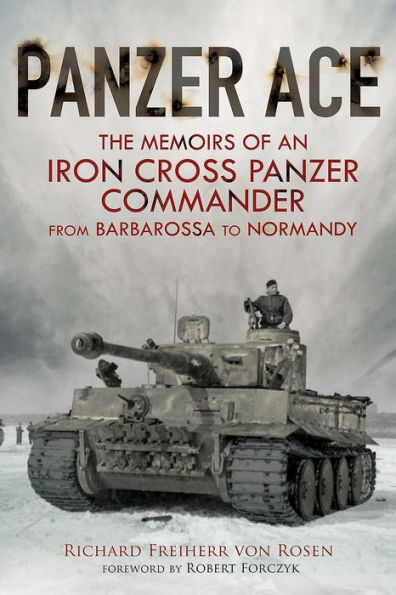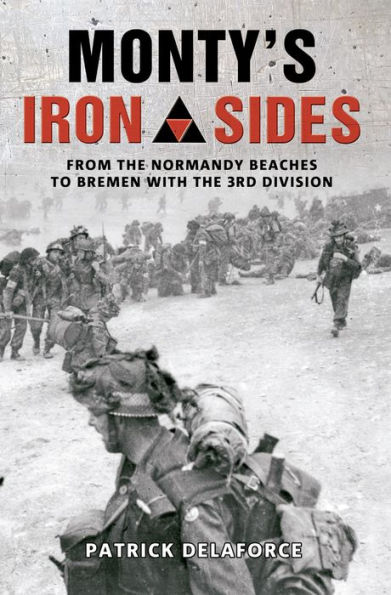Home
Panzer Ace: The Memoirs of an Iron Cross Commander from Barbarossa to Normandy
Barnes and Noble
Panzer Ace: The Memoirs of an Iron Cross Commander from Barbarossa to Normandy
Current price: $35.00


Barnes and Noble
Panzer Ace: The Memoirs of an Iron Cross Commander from Barbarossa to Normandy
Current price: $35.00
Size: Hardcover
Loading Inventory...
*Product information may vary - to confirm product availability, pricing, shipping and return information please contact Barnes and Noble
Richard Freiherr von Rosen was a highly decorated Wehrmacht soldier and outstanding panzer commander. His memoirs are richly illustrated with contemporary photographs, including key confrontations of World War II.
After serving as a gunlayer on a Pz.Mk.III during Barbarossa, he led a Company of Tigers at Kursk. Later he led a company of King Tiger panzers at Normandy and in late 1944 commanded a battle group (12 King Tigers and a flak Company) against the Russians in Hungary in the rank of junior, later senior lieutenant (from November 1944, his final rank.)
Only 489 of these King Tiger tanks were ever built. They were the most powerful heavy tanks to see service, and only one kind of shell could penetrate their armor at a reasonable distance.
Every effort had to be made to retrieve any of them bogged down or otherwise immobilized, which led to many towing adventures. The author has a fine memory and eye for detail. His account is easy to read and not technical, and adds substantially to the knowledge of how the German Panzer Arm operated in the Second World War.
After serving as a gunlayer on a Pz.Mk.III during Barbarossa, he led a Company of Tigers at Kursk. Later he led a company of King Tiger panzers at Normandy and in late 1944 commanded a battle group (12 King Tigers and a flak Company) against the Russians in Hungary in the rank of junior, later senior lieutenant (from November 1944, his final rank.)
Only 489 of these King Tiger tanks were ever built. They were the most powerful heavy tanks to see service, and only one kind of shell could penetrate their armor at a reasonable distance.
Every effort had to be made to retrieve any of them bogged down or otherwise immobilized, which led to many towing adventures. The author has a fine memory and eye for detail. His account is easy to read and not technical, and adds substantially to the knowledge of how the German Panzer Arm operated in the Second World War.








